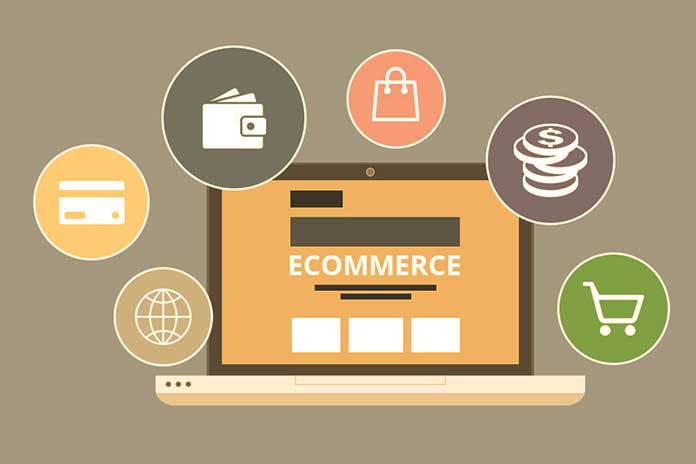Exactly one year has passed since the pandemic outbreak. Today, we can certainly say that what we have left – and that we will probably carry with us – is a progressive and gradually more intense approach towards a 360-degree digital reality. Both work and private life are moving more and more online, starting from business meetings that now take place almost only on Zoom, up to the purchases that are no longer made in-store but above all on the websites and applications of e-commerce.
What Is E-Commerce
Again, there is no single definition of electronic commerce; it can be said that it is the set of transactions that take place through the internet for the marketing of goods and services between producer or supplier and consumer. Therefore, it is an e-commerce computer activity that is carried out both with the service and with the product marketed through the web.
What Is Business?
Every business must have a conception of its industry sector. There is always a right way to manage a business in line with the reality and specific facts of the sector… as long as you can identify it. After identifying the business, the company must find a strategy suitable for that business from which the ability to generate value in that business is assessed. Therefore, since the strategy is linked to the ability to generate value in the reference environment, it is also important to know how to choose the business you want to operate.
The Consumer Experience Must Change To Attract Customers Back To The Store
The retail sector certainly took a hit during the pandemic, but it’s not all as bad as it seems. From a certain point of view, retailers have discovered a new way to connect with their customers because what has changed is consumers’ expectations rather than their habits. According to an estimate of the last months of 2020, customers have never actually abandoned the physical stores: this time, however, they need to live a shopping experience that is very different from the past, more interactive, more personal.
It is clear, however, that e-commerce was already set to grow well before the pandemic. The health emergency only accelerated a process, if anything, but people were already willing to shop online. What has objectively changed concerns the consumer experience, that which concerns the relationship between users and brands? Companies must invest more in this type of relationship and offer potential customers a completely new experience, which aims above all to satisfy the needs of each customer.
The Solution Is In Multichannel Marketing And Improving The Consumer Experience
The online sales have increased, it is true, but do not fully satisfy all customers. Purchases made in person are still favored by many of the world population, so all is not lost for physical stores. You just need to have a different approach to the problem. One solution could be multichannel marketing, which combines the strength of online sales with that of physical sales.
For example, the customer could purchase the product online and pick it up in-store or even go to the store and expect a 100% contactless shopping experience. For all this to work, however, companies must invest in e-commerce software, marketing and SEO strategies, and dedicated and personalized promotions. The world of retail is therefore constantly evolving, even if e-commerce will never stop. Retailers, for their part, will need to prepare to accommodate new customer requests and, at the same time, invest more in in-store experience and multichannel marketing.
Also Read: E-commerce SEO 2021: 5 Steps To Success



